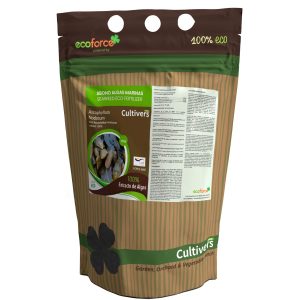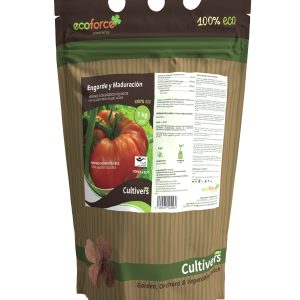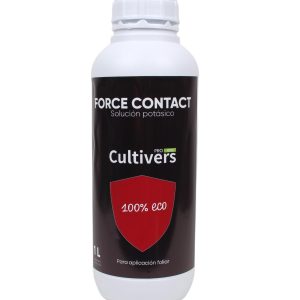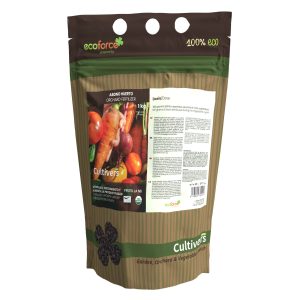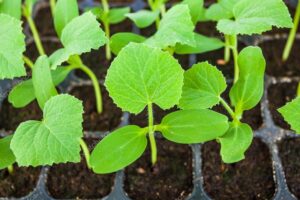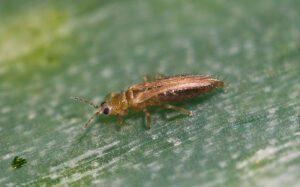In this beet growing guide, we will explore the exciting world of growing beets. From their history to the specific care they require, we’ll cover everything you need to successfully grow them in your own home. Beets are not only delicious, but also nutritious and versatile in the kitchen. So get ready to learn all about growing beets.
Beet, scientifically known as Beta vulgaris, has a rich history dating back to ancient Rome. It belongs to the Amaranthaceae family and is known for its sweet roots and edible leaves.
WHEN AND HOW TO PLANT BEETS
To grow beets successfully, it is necessary to properly prepare the soil. Beets grow very well in loose, well-drained soils, so make sure it meets these requirements.
Beets should be sown in spring or fall. Avoid periods of extreme heat to ensure successful seed germination. Beets should be planted in a location with good sun exposure for best results.

IRRIGATION IN THE BEET CULTIVATION GUIDE
Irrigation is essential in the cultivation of beets for their proper development. They need constant water to form juicy and tender roots. However, we must avoid waterlogging, as excess water causes problems such as root rot.
Beets should be watered regularly, especially during dry periods, especially in summer. We will make sure that the soil is uniformly moist but not soaked. It would be convenient to use drip irrigation to conserve water and keep the plants with the right and necessary hydration.
HOW AND WHEN TO HARVEST BEETS
Beets are ready for harvesting when they reach a medium size, as this is when they are at their most tender and flavorful. Use a pitchfork or shovel to loosen the soil around the beets. Carefully remove it from the soil so as not to damage the tuber. Remove the leaves and secondary roots before storing in a cool, dark place.

MOST COMMON DISEASES AND PESTS IN THE BEET CROP
Beets can be affected by various diseases and pests. To prevent these diseases and control pests, be sure to keep the growing area clean and free of weeds. Avoid overwatering and provide good air circulation around the plants. If you notice signs of disease or the presence of pests, you can apply natural fungicides and use organic pest control methods to protect your beets.
INSECTS IN SUGAR BEET CULTIVATION
- Aphids (Aphididae)
- Snails (Helicidae)
- Cutworms (Noctuidae)
DISEASES IN SUGAR BEET CULTIVATION
- Root rot: Rhizoctonia spp.
- Neck rot: Sclerotinia sclerotiorum
- Leaf spots: Cercospora beticola
PRODUCTS WE RECOMMEND FOR THIS CROP
-
 Blood FlourPrice range: 13.90€ through 95.90€
Blood FlourPrice range: 13.90€ through 95.90€ -
 HorsetailPrice range: 14.99€ through 86.99€
HorsetailPrice range: 14.99€ through 86.99€ -
 Seaweed Fertilizer Ascophyllum nodosumPrice range: 14.99€ through 85.98€
Seaweed Fertilizer Ascophyllum nodosumPrice range: 14.99€ through 85.98€ -
 Fattening and Ripening FertilizerPrice range: 12.99€ through 39.90€
Fattening and Ripening FertilizerPrice range: 12.99€ through 39.90€ -
 Force Contac Potassium SoapPrice range: 11.90€ through 84.90€
Force Contac Potassium SoapPrice range: 11.90€ through 84.90€ -
 Organic Garden FertilizerPrice range: 11.99€ through 57.99€
Organic Garden FertilizerPrice range: 11.99€ through 57.99€


